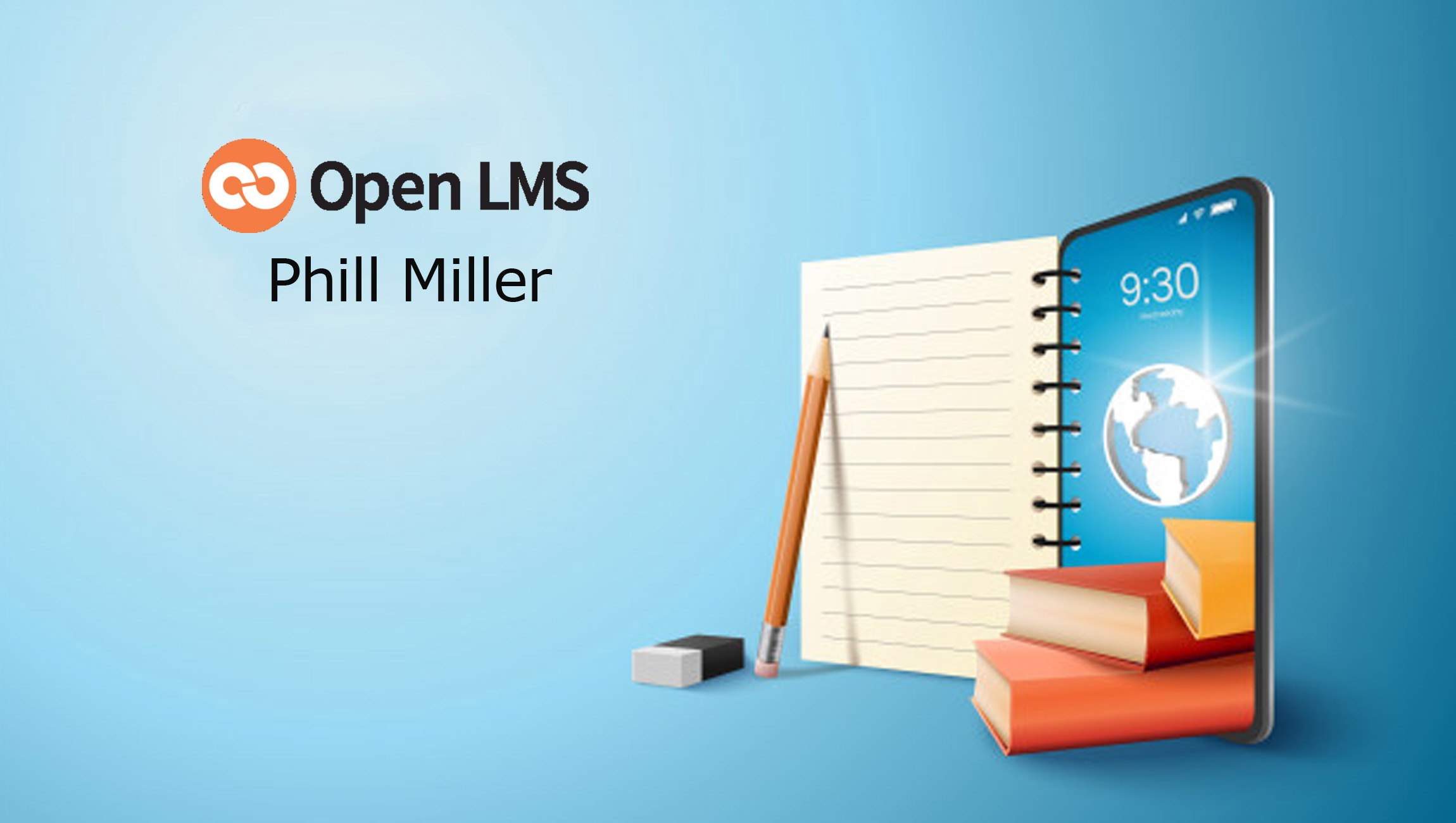The eLearning space has been forever changed by the events of the last year. The COVID-19 pandemic has forced most organizations and institutions across the globe to utilize some form of remote initiatives in order to keep learners engaged and keep business operations moving forward while continuing to ensure their safety and wellbeing. In short, eLearning has allowed people across the globe to expand their collective knowledge and collaborate in new ways to keep the world working.
During this time of adaptation and innovation, new strategies and tools have emerged to help teams achieve success during trying times and set themselves up for success in the future. Here are some of the latest trends I have noticed emerging in the last year that I think are essential when approaching eLearning…
Creativity with Content Types
As many organizations and institutions immediately transitioned their course materials online, many kept their learning programs as similar to in-person courses as possible, utilizing video conferencing software and other technologies to deliver materials. Now that instructors have had more experience preparing online courses, they have been able to be more flexible with how material is being presented to learners. Flexible teaching in the form of hybrid learning and flipped classrooms has become more popular, as well as providing learners with microlearning, gamification, mobile options, and more to keep students engaged.
Accessibility is Essential
Accessibility is often at the top of mind for instructors to ensure they are providing equal opportunities for all learners to absorb learning materials. Accessibility becomes even more pressing when it comes to eLearning since educational materials today need to be readily available and consistent across all audiences.
Many learning managers are proactively leveraging Universal Design of Learning (UDL) principles to understand what it truly means for content to be accessible and to offer more accommodations within courses. Some strategies that teams are employing to increase the accessibility of their eLearning courses are offering multiple assignment submission options; providing a diverse array of content delivery options including microlearning, gamification, VR, and more; and utilizing helpful accessibility software within their learning ecosystem.
Marketing Technology News: Vericast Survey: How Deals Play a Role in Return to Pre-Pandemic Activities
Building an Interconnected Learning Ecosystem
Whether an organization recently spun up an eLearning system during the pandemic or they have had an eLearning system for a while, the Learning Management System (LMS) typically serves as the main hub of learning for most. However, while an LMS is the central repository for learning, it usually does not stand alone.
Nowadays, the LMS needs to connect with other important systems in order the capture the entire learning experience, which happens both within and outside of the LMS. This means the LMS needs to integrate and connect with additional tools and technologies in the market to create a multi-faceted and interconnected learning ecosystem. These additional tools can range from a Student Information System (SIS) or a Human Resources Information System (HRIS) to a Learning Experience Platform (LXP) to common tools like Microsoft Teams, Zoom, Google Workspace, and more. These other components of the eLearning ecosystem can help provide additional tools to learners, instructors, and administrators, as well as strengthen the success of eLearning initiatives.
Open-Source Technologies
Open-source technologies have also become more popular, especially during the pandemic. Open-source platforms, which have a freely available code base, allow organizations and individuals who might otherwise be restricted by cost to quickly spin up an online learning platform in order to continue to support their learners despite disruptions to traditional models. Open-source platforms also allow for fast, community-based development that can keep up with the changing times.
These technologies also foster communities where individuals and organizations share eLearning best practices, contribute improvements to software code, push forward functionality that address a variety of market needs, and problem solve with others to improve education opportunities across the globe. In this way, open source encourages a grassroots method of improving education accessibility by making software and code improvements freely available alongside a variety of support resources like forums, blogs, how-to videos, and other resources that are created and maintained by an open community.
As leaders in the EdTech community, Open LMS has taken steps to commit our team to sharing more of our own unique code openly with the public to help more organizations and institutions achieve success across the world.
eLearning is here to stay
COVID-19 has strengthened the need for scalable, future-proof eLearning systems. We do not know when the next disruption to in-person learning will be, so it is important that educators of all kinds stay highly adaptable. An LMS can help continue to support employees, students, and volunteers by delivering and tracking learning even when things go back to “normal”. LMS solutions can also allow you to quickly disseminate information regarding organizational changes or new protocols to your teams. This allows you to simultaneously provide the appropriate tools and resources for adaptation in a single, streamlined location.
eLearning does not have to stand alone; it can continue to benefit individuals and organizations by providing them with more ways to learn, connect, and succeed even as in-person learning resumes across the globe. It’s safe to say that the trends above are here to stay.
Marketing Technology News: Why In-Housing is The Batman & Robin Approach to Brand Success












Comments are closed.